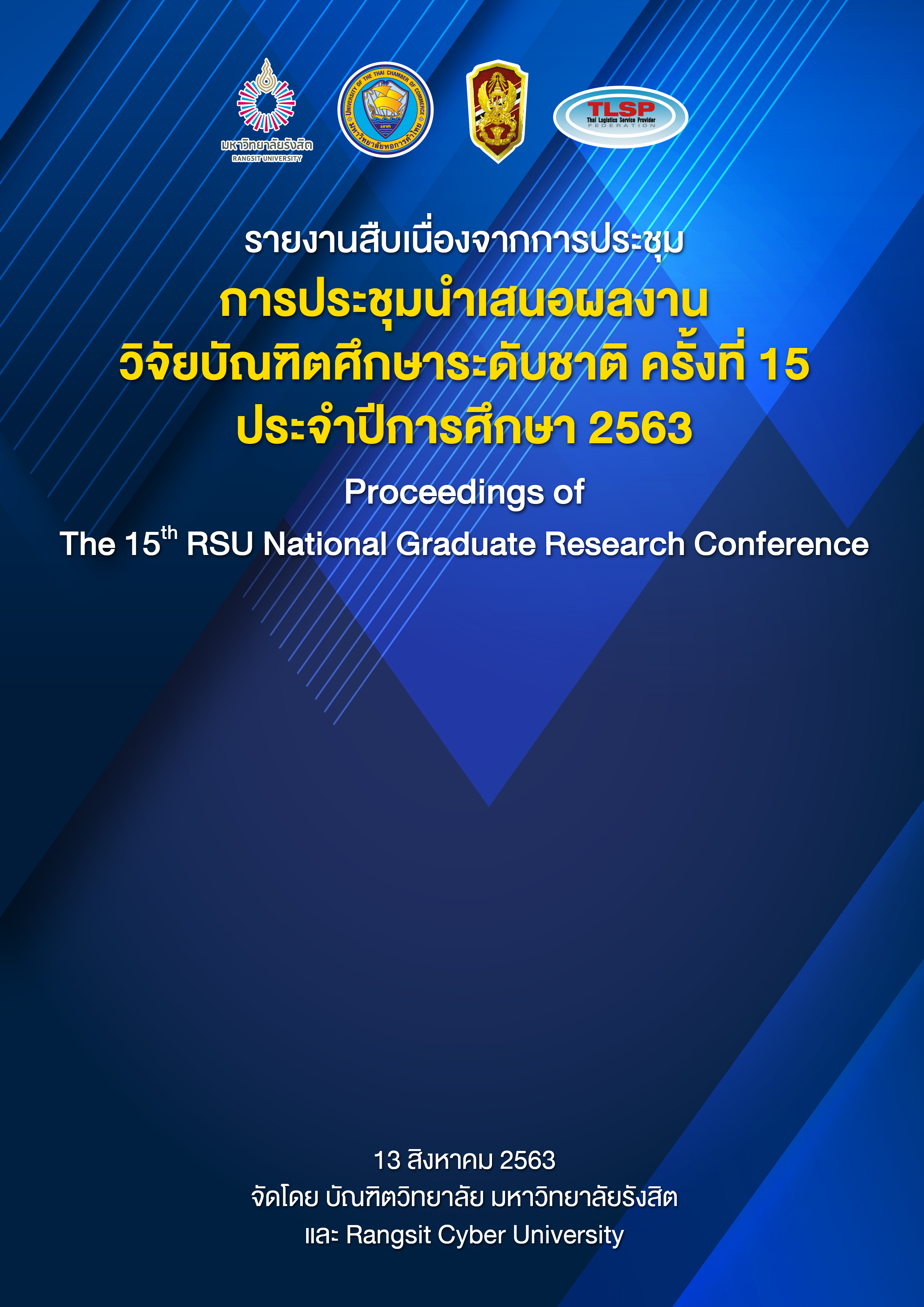The Synthesis of the Reports of the Fourth Round External Quality Assessment of Children Development Centers, the Basic, Vocational, and Higher Education Institutions
Abstract
This research was designed by using a mixed-methods research methodology. Its two main objectives were (1) to synthesize the results of a fourth round External Quality Assessment (EQA) and the assessors’ opinion regarding the strengths, the points that should be developed and recommendations for development, and (2) to evaluate the quality of the EQA reports. For quantitative method, the population was 123 representatives of the educational institutions. For qualitative method, the sample comprised (1) 123 EQA reports, and (2) key informants divided into two groups; 12 representatives of the educational institutions, and five experts. Five research instruments were applied. Quantitative data were collected by using a questionnaire and an assessment form and qualitative data were collected by using a document synthesis, interview, and site visit. For the quantitative data, descriptive statistics consisting of frequency, percentage, mean, and standard deviation were used. For the qualitative data, content analysis was used. The research findings were as follows: (1) child development centers have an overall assessment result of a good level, basic education institutions have the overall assessment results of a very good level, both in early childhood education and basic education, and the results of each consideration issue for higher education institutions are at the level of improvement, fair, good and very good, but excluding excellent. As for the opinions of the assessors, they were synthesized as 3 points comprising the strengths, the points that should be developed and recommendations for development, and (2) the quality of the EQA reports is standardized in all types of educational institutions except for the higher education, the assessment results of feasibility are at the pass level.
- บทความทุกเรื่องที่ตีพิมพ์เผยแพร่ได้ผ่านการพิจารณาทางวิชาการโดยผู้ทรงคุณวุฒิในสาขาวิชา (Peer review) ในรูปแบบไม่มีชื่อผู้เขียน (Double-blind peer review) อย่างน้อย ๓ ท่าน
- บทความวิจัยที่ตีพิมพ์เป็นข้อค้นพบ ข้อคิดเห็นและความรับผิดชอบของผู้เขียนเจ้าของผลงาน และผู้เขียนเจ้าของผลงาน ต้องรับผิดชอบต่อผลที่อาจเกิดขึ้นจากบทความและงานวิจัยนั้น
- ต้นฉบับที่ตีพิมพ์ได้ผ่านการตรวจสอบคำพิมพ์และเครื่องหมายต่างๆ โดยผู้เขียนเจ้าของบทความก่อนการรวมเล่ม


